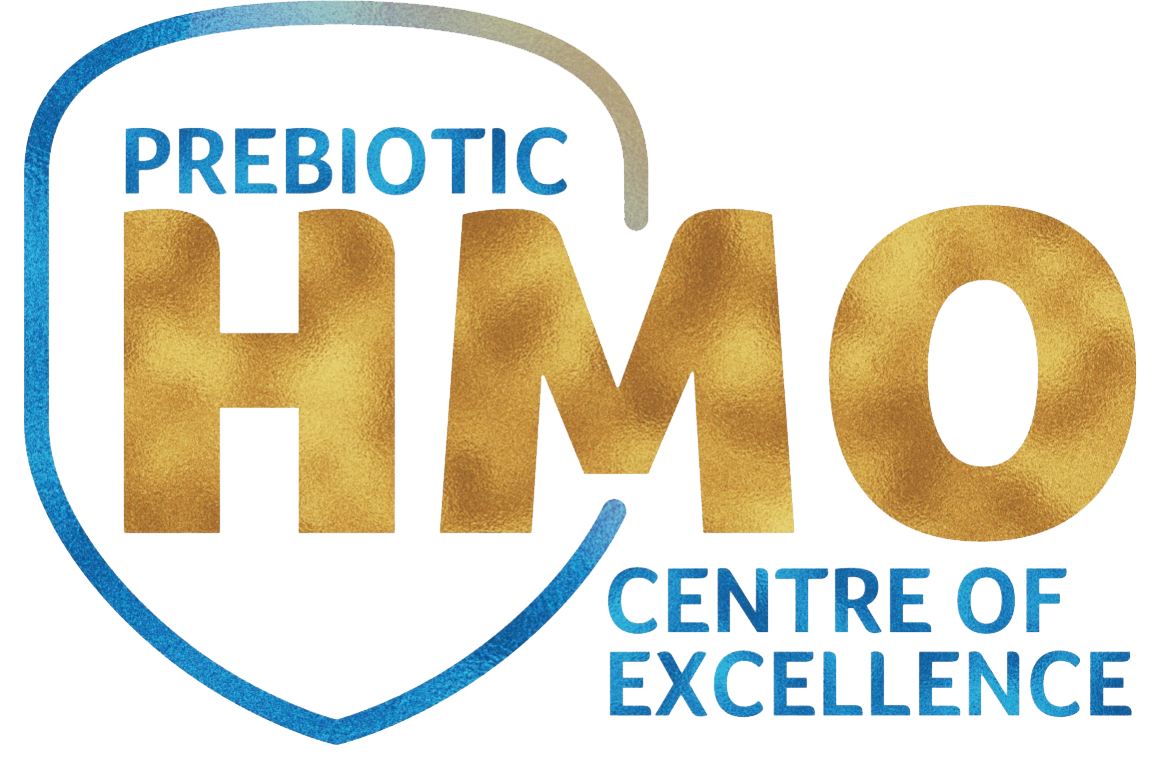
Impact of Prebiotic Oligosaccharides on Local Immunity
Key takeaways1
- GOS/FOS supplemented feed exerts a beneficial effect on local immunity.
- This effect can reduce the risk of infections and allergies in infants in later months of life (up to 18 months).
Synopsis
Human milk oligosaccharides (HMO) contribute to developing beneficial intestinal microflora and building immunity.1To mimic these advantageous effects in infants, a prebiotic mixture of galactooligosaccharide (GOS) and fructooligosaccharide (FOS) (9:1; 8g/L) has been developed. This mixture can play a vital role in the healthy development of infants.2
This Journal Watch discusses the study- “Effect of the specific infant formula mixture of oligosaccharides on local immunity and development of allergic and infectious disease in young children: randomized study,” a randomized trial from Science Direct Journal Pediatria Polska.
Authors: Ivakhnenko OS, and Nyankovskyy SL
What was the need for this study?1
Evidence suggests that prebiotic supplemented feed may produce gut flora similar to that reported in breastfed infants. A significant reduction in allergy and infection incidence was also observed in the infants supplemented with GOS/FOS. Based on these findings, it was hypothesized that prebiotic oligosaccharide mixture could mimic HMO's immunoregulatory function and, thus, exert protective effects in infants. This study evaluates the role of GOS/FOS-supplemented feed on immunity in infants.
What was the study objective?1
To compare the effect of the feed with GOS/FOS, standard feed without GOS/FOS, and breastfeed on local immunity and further incidences of allergy and infection in young children.
Study design1

Figure 1: Study design. Apgar: Appearance, Pulse, Grimace, Activity, and Respiration. (Adapted from Ivakhnenko et al., 2013)
Methods
- Intestinal microbiota composition and local immunity factors were evaluated after two months.
- Out of 195, 166 children completed a follow-up period of 18 months after which allergy and infection incidences were assessed.
What were the important findings?1
- At two months of age, a significant difference was observed in the following parameters between groups A, B, and C (Figure 1).

Figure 2: Effect of feed with GOS/FOS, without GOS/FOS, and breastfeed on the level of α-1-3-defensins and secretory immunoglobulin A (sIgA) in saliva, and lysozyme in feces.*p < 0.05; #p<0.01(Adapted fromIvakhnenko et al., 2013)
The concentration of sIgA (p<0.05), α-1-3 defensins (p<0.01), and lysozyme (p<0.05) were significantly higher in the GOS/FOS group than the standard feed group. Furthermore, the GOS/FOS group showed a rise in sIgA and defensins concentration, similar to the breastfeeding group. The molecules, sIgA, α-1-3 defensins, and lysozyme are involved in the protection of mucous membranes. Hence, the positive impact of GOS/FOS on these molecules might be associated with the reduced risk of infections and allergies in infants of this group.
- The fecal concentration of lactobacilli and bifidobacterial were similar in the GOS/FOS and breastfeeding groups. While the concentration was significantly lower (p<0.05) in the standard feed group(Table 1).
Table 1: Fecal concentration of lactobacilli and bifidobacteria based on the type of feeding. (Adapted from Ivakhnenko et al., 2013)
| Group A (Breastfeeding) | Group B (Feed with GOS/FOS) | Group C (Standard feed) | p | |
|---|---|---|---|---|
| Lactobacillus, CFU/g (Mean, SD) | 7.26 (0.65) | 7.22 (0.74) | 6.81 (0.93) | <0.05 |
| Bifidobacteria, CFU/g (Mean, SD) | 9.047 (1.075) | 8.92 (1.011) | 7.81 (0.83) | <0.05 |
*p-value represents the comparison of group A and B as well as B and C. CFU: colony-forming unit
- At 18 months, the frequency of gastrointestinal and upper respiratory tract infections (URTI, Figure 3) and allergic reactions (Table 2) was less in group A and B compared to C.

Figure 3: Frequency of gastrointestinal and upper respiratory tract infection in infants. *non-significant p>0.05; #p<0.001(Adapted from Ivakhnenko et al., 2013)
Table 2: Frequency of allergic reactions in infants (Adapted from Ivakhnenko et al., 2013)
| Group A (Breastfeeding) | Group B (Feed with GOS/FOS) | Group C (Standard feed) | p* | |
|---|---|---|---|---|
| Atopic dermatitis | 3.92 | 4.843 | 16.98 | <0.05 |
| Allergic reactions to food | 3.92 | 4.843 | 16.98 | <0.05 |
| Respiratory system allergic symptoms | 1.96 | 4.84 | 13.21 | <0.05 |
| Gastro-intestinal symptoms of food allergy | 1.96 | 3.23 | 13.21 | <0.05 |
| Allergic reactions to cow's milk protein | 1.96 | 3.23 | 15.09 | <0.05 |
*Comparison of group A and B with C. Values are in percentage.
Conclusion
Feed supplemented with GOS/FOS can protect infants from allergic reactions and infections during the first 18 months of life via mimicking the breastmilk's immunomodulatory effect.1
References
- Ivakhnenko OS, Nyankovskyy SL. Effect of the specific infant formula mixture of oligosaccharides on local immunity and development of allergic and infectious disease in young children: a randomized study. PediatriaPolska. 2013 Sep;88(5):398-404.
- Verkhnyatskaya S, Ferrari M, de Vos P, Walvoort MTC. Shaping the Infant Microbiome With Non-digestible Carbohydrates. Front Microbiol. 2019 Feb; 10:343.
CVM code: 1606905890710





